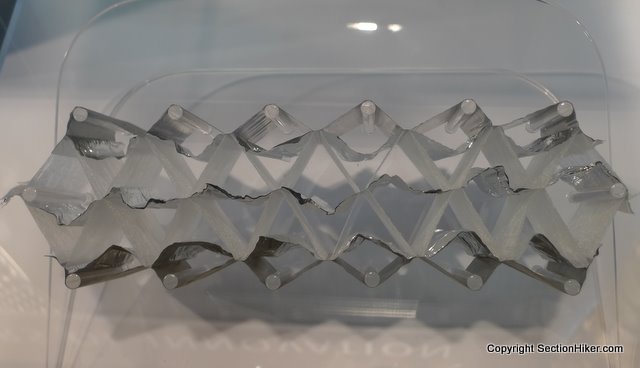I agree that a simple sum is the best estimation that you can do, but my supposition is that with complex systems that rely on restricting convective flows the sum is greater than it's parts. The thing you have to remember is that R-value is not thermal resistance (k), but the first derivative of a change in temperature across a system's surfaces. Take the design of the XTherm for instance: the resultant R value is certainly greater than the sum of the components. If you were to take any sheet of fabric used the R-value would be virtually nothing due to how thin the fabric is, no matter how high the thermal resistance is (remember for a solid R=L/k). Also, they are each resistant to different types of heat transfer and therefore by themselves their resistance to heat transfer might actually be quite low. For example the foil layers are very effective against radiative heat transfer they are conductive and therefore their R-value would be quite low, but in a system combined with something that has a high resistance to conduction (and in the case of air pads convection) the system is much more effective.
Another example is double pane windows. Their thermal resistance (R-value) is significantly greater than the sum of the 2 panes as can be demonstrated by their R-values both with and without a broken seal. When there is a vacuum (or low density gas) between the panes the overall system is much more thermally resistant.
As I stated in my earlier post, without either empirical evidence or computer simulation the R-value of a complex system can't be determined. The only thing that you can guarantee is that it is equal to or greater than the sum of it's parts.

